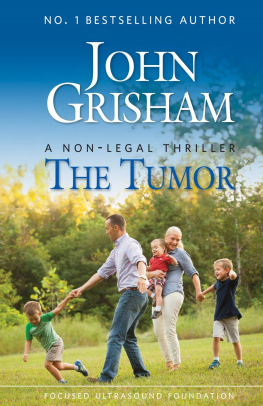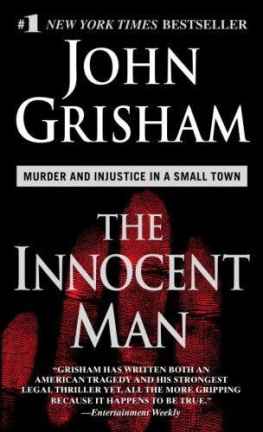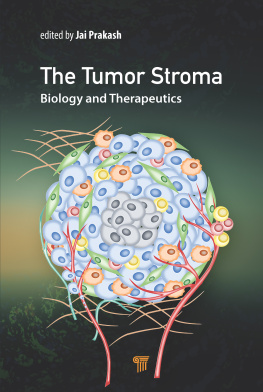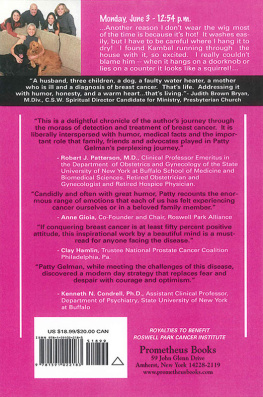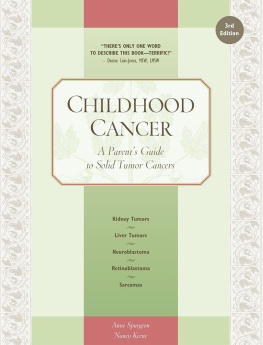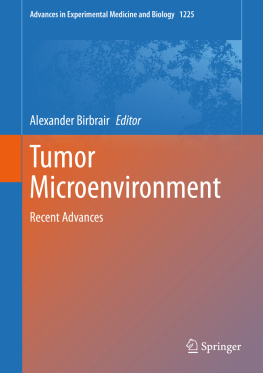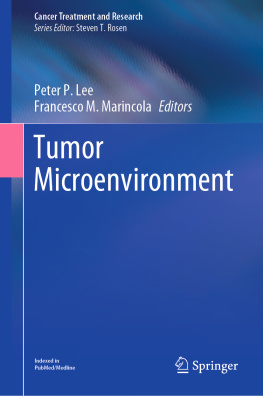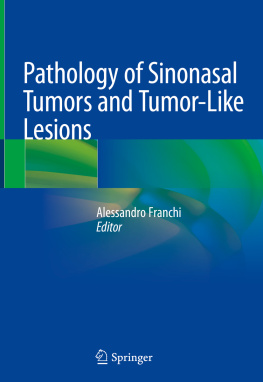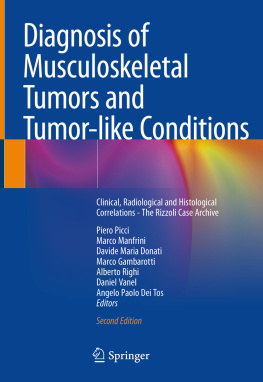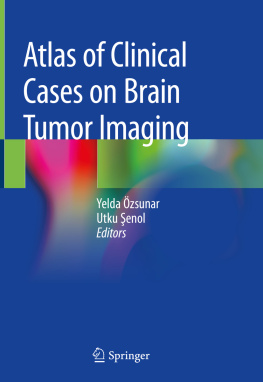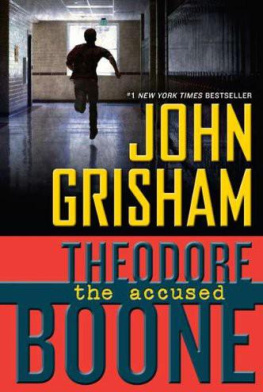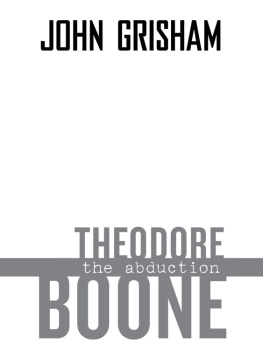Grisham - The Tumor: A Non-Legal Thriller
Here you can read online Grisham - The Tumor: A Non-Legal Thriller full text of the book (entire story) in english for free. Download pdf and epub, get meaning, cover and reviews about this ebook. year: 2015, publisher: Focused Ultrasound Foundation, genre: Home and family. Description of the work, (preface) as well as reviews are available. Best literature library LitArk.com created for fans of good reading and offers a wide selection of genres:
Romance novel
Science fiction
Adventure
Detective
Science
History
Home and family
Prose
Art
Politics
Computer
Non-fiction
Religion
Business
Children
Humor
Choose a favorite category and find really read worthwhile books. Enjoy immersion in the world of imagination, feel the emotions of the characters or learn something new for yourself, make an fascinating discovery.
- Book:The Tumor: A Non-Legal Thriller
- Author:
- Publisher:Focused Ultrasound Foundation
- Genre:
- Year:2015
- Rating:3 / 5
- Favourites:Add to favourites
- Your mark:
The Tumor: A Non-Legal Thriller: summary, description and annotation
We offer to read an annotation, description, summary or preface (depends on what the author of the book "The Tumor: A Non-Legal Thriller" wrote himself). If you haven't found the necessary information about the book — write in the comments, we will try to find it.
John Grisham says THE TUMOR is the most important book he has ever written. In this short book, he provides readers with a fictional account of how a real, new medical technology could revolutionize the future of medicine by curing with sound.
THE TUMOR follows the present day experience of the fictional patient Paul, an otherwise healthy 35-year-old father who is diagnosed with a malignant brain tumor. Grisham takes readers through a detailed account of Pauls treatment and his familys experience that doesnt end as we would hope. Grisham then explores an alternate future, where Paul is diagnosed with the same brain tumor at the same age, but in the year 2025, when a treatment called focused ultrasound is able to extend his life expectancy.
Focused ultrasound has the potential to treat not just brain tumors, but many other disorders, including Parkinsons, Alzheimers, hypertension, and prostate, breast and pancreatic cancer.
For more information, you can visit The Focused Ultrasound Foundations website. Here you will find a video of Grisham on the TEDx stage with the Foundations chairman and a Parkinsons patient who brings the audience to its feet sharing her incredible story of a focused ultrasound miracle.
Readers will get a taste of the narrative they expect from Grisham, but this short book will also educate and inspire people to be hopeful about the future of medical innovation.
**
ReviewJohn Grishams readers have always been captured by his eloquent exposition of injustice. In this short story The Tumor, he has stepped outside of the courtroom and legal system and into the arena of medicine and health care and in doing so has perhaps found his most passionate voice. There is no greater injustice than a cruel invader called cancer who steals from the innocent their most precious position of life. As in all his writings, Mr. Grisham in portraying this injustice evokes within us a calling to demand its remedy. As in the court room, this battle for justice has begun.
- Andrew von Eschenbach, MD, Former Commissioner of the FDA and Former Director of the National Cancer Institute
Grisham has gone rogue, turning his formidable writing skills into an outreach to us all in an effort to shed light on a new, disruptive medical technology that has the potential to save lives. Seldom does a writer at the top of his game step away from his career to speak out on a revolutionary medical therapy. He says this is the most important book he has ever written. I believe him. This book is an amazing read!
- Antonio Mendez, Retired CIA officer, author of ARGO
What incredible potential to improve outcomes and quality of life for patients while decreasing the cost of care. Ive seen the power of this technology firsthand with doctors at the University of Virginia. Just as that experience brought home the reality of the technology for me, John Grishams The Tumor gives readers a better picture for what the future of medicine can look like with focused ultrasound.
- U.S. Senator Mark Warner
Grishams book is changing the game. He has pulled an exciting new medical technology out of the labs of academic research and onto the pages of an enlightening book. He paints a great picture of how sound waves may shape the future of medicine.
- Ed Miller, MD, former CEO, Johns Hopkins Medicine
John emotionally captures the tremendous opportunity for Focused Ultrasound to provide a new revolutionary disruptive therapy that will improve, extend and save lives.
- Steve Rusckowski, President & CEO, Quest Diagnostics Inc.
John Grisham utilizes his great storytelling talents to bring to life the science that may change the treatment of some of the most dreaded cancers. Grishams view into one innovative therapy will give hope to millions about treatments that dont poison and destroy, arriving long before the yet-to-be-discovered individualized medicine. The book combines fact and future in an enlightening and informative way.
- Howard Stevenson, Professor of Entrepreneurship, Emeritus, Harvard Business School
The book is a terrific hybrid of novel and technology review. It provides a dramatic sense of the difference between what is available now and the possibility of the future. So many of us know people that could be the protagonist, that exploring the experience from the patient point of view is very compelling.
- Gordy Slack, neuroscience journalist and author
Sooner or later many are likely to benefit from this game changing technology. Now the task at hand is to cause its development to occur as rapidly as possible. By increasing awareness, The Tumor can help make focused ultrasound available sooner to countless patients worldwide with a host of medical conditions.
- Rick Goings, CEO, Tupperware Brands
Focused ultrasound therapy is far from fictional: Its real and rapidly gaining fame. But to see John Grisham move in this book from the legal world into medicine is to realize that the focused ultrasound story needs to be shared and there is no better way than through one of our best storytellers.
- Carol Loomis, Retired Fortune Magazine editor and writer
A radical and potentially revolutionary view of the future of brain cancer treatment and cure. Using non-invasive focused ultrasound in the treatment of brain tumors with minimal side effects or down time seems like science fiction. In the book The Tumor, John Grisham describes this highly innovative clinical process, which consists of applying sound waves at a frequency past the hearing capability of a human ear. The technology is no longer science fiction and may one day rewrite the outcome for cancers of the brain, breast, liver, prostate, and pancreas as well as many other serious diseases.
- Richard Merkin, MD, President and CEO of Heritage Provider Network
John Grisham is amazing. For 25 years, he has entertained and educated us with his legal thrillers. Now, he is opening our minds to one of the most exciting medical treatments of our time. The Tumor is a quick but truly fascinating read.
- Bill Crutchfield, Founder & CEO, Crutchfield Corporation
Grisham: author's other books
Who wrote The Tumor: A Non-Legal Thriller? Find out the surname, the name of the author of the book and a list of all author's works by series.

